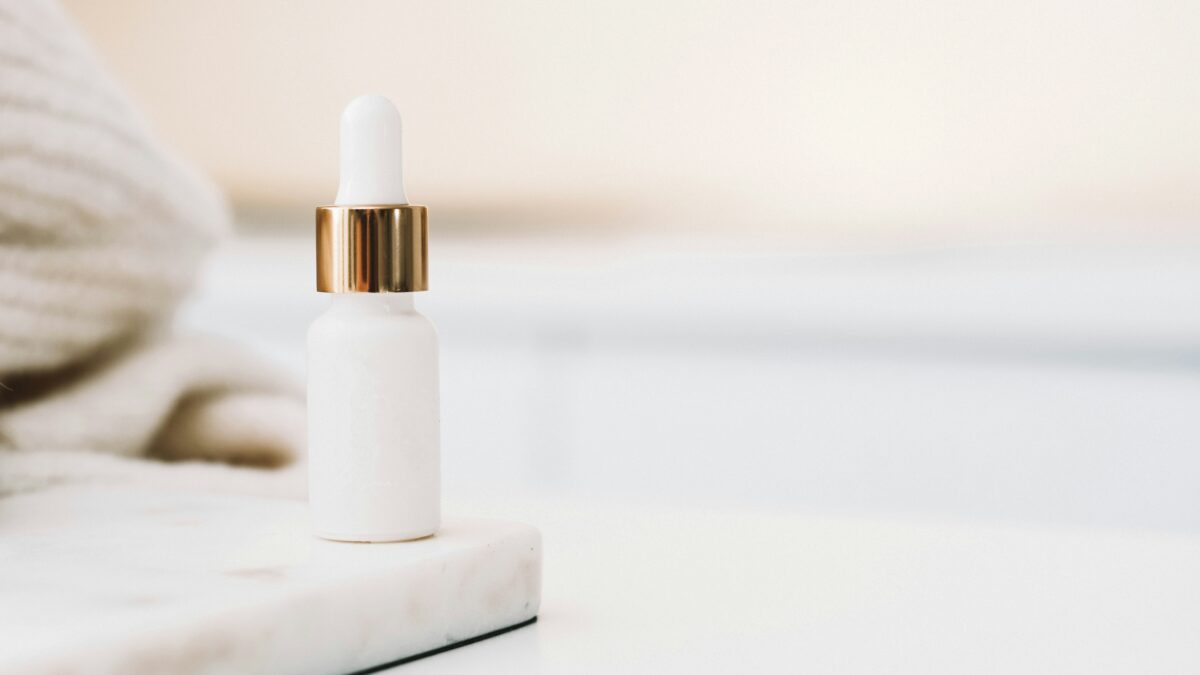Introduction: The concept of beauty and its ever-changing nature
Beauty is a concept that dances through time, evolving with every passing decade. What was once deemed attractive can quickly change, influenced by culture, fashion, and societal norms. As we glance back at the trends of each era, we uncover stories of rebellion, empowerment, and self-expression. From the flapper girls who defied conventions in the 1920s to today’s celebration of diverse beauty standards, our understanding of what it means to be beautiful has continually transformed. Let’s take a journey through history to explore how these timeless trends have shaped perceptions of beauty across generations.
The 1920s: Flapper girls, bob haircuts, and the rise of makeup
The 1920s brought a whirlwind of change in beauty standards. It was an era defined by the spirited flapper girls, who embraced freedom and rebellion. Their bobbed haircuts symbolized liberation from traditional norms.
Makeup became a bold statement during this time. Women experimented with dark eyeliner, vibrant lips, and rosy cheeks. The sultry, smoky eye look emerged as a favorite among the daring crowd.
Fashion also played its part. Dresses dropped to the knee, adorned with fringe and sequins that danced with every movement. This was more than style; it represented empowerment and confidence.
Coco Chanel influenced trends as she introduced sun-kissed skin as desirable—a departure from porcelain complexions of previous eras. The 1920s laid the groundwork for modern beauty ideals while igniting conversations about femininity and self-expression that still resonate today.
The 1950s: Feminine beauty ideals, hourglass figures, and iconic Hollywood stars
The 1950s marked a glamorous era defined by femininity and allure. Women were celebrated for their hourglass figures, accentuated with cinched waists and full skirts. This silhouette became the epitome of beauty.
Hollywood played a crucial role in shaping these ideals. Stars like Marilyn Monroe and Audrey Hepburn dazzled audiences with their charm and style. Their looks influenced countless women seeking to embody that same charisma.
Makeup during this period was all about enhancing natural beauty. Classic red lips, winged eyeliner, and perfectly coiffed hair were essential elements of daily routines. It wasn’t just about looking good; it was an expression of personality.
Fashion also reflected this shift towards elegance, with tailored dresses that showcased curves beautifully. The glamour resonated deeply, creating lasting impressions on future generations while setting standards that many still admire today.
The 1980s: Bold and exaggerated beauty trends, from big hair to colorful makeup
The 1980s was a decade bursting with personality. Beauty trends reflected the vibrant spirit of the time, prioritizing self-expression over subtlety.
Big hair reigned supreme. Women embraced volume like never before. Teasing and hairspray became essential tools for achieving that iconic look. The higher, the better!
Makeup took on an adventurous flair as well. Bright eyeshadows in electric blues and hot pinks transformed faces into canvases of color. Bold lipsticks were not just a trend; they were statements.
Accessories played a crucial role too—think chunky earrings and bold bracelets that complemented the overall aesthetic.
Celebrity influences surged during this era as pop icons set standards for beauty norms—Madonna and Cyndi Lauper led the charge, inspiring countless fans to embrace their uniqueness with fierce pride.
In this world of excess, experimentation flourished, allowing individuals to explore their identities through striking styles never seen before.
The 2000s: Embracing diversity and breaking traditional beauty standards
The 2000s marked a significant shift in beauty norms. Society began to move away from the rigid ideals that had dominated previous decades. Individuality and diversity started taking center stage, showcasing unique expressions of beauty.
Models like Tyra Banks and Queen Latifah became icons not just for their talent but for their representation of different body types and ethnicities. Their influence encouraged others to embrace authenticity.
Makeup trends also evolved, with brands expanding shade ranges to cater to all skin tones. This inclusivity resonated deeply with consumers who craved products that reflected their true selves.
Social media played a pivotal role during this time, allowing diverse voices to share their stories and redefine what was considered beautiful. Platforms like YouTube birthed influencers who celebrated every aspect of uniqueness, from hairstyles to makeup techniques.
This era truly set the foundation for a broader understanding of beauty, paving the way for future generations.
Present day:
Beauty in the present day reflects a vibrant mosaic of styles, ideals, and self-expression. We have moved beyond rigid standards to embrace individuality and authenticity. Social media plays a pivotal role in this evolution. Platforms like Instagram and TikTok showcase diverse beauty from around the world.
Today, makeup trends are about creativity rather than conformity. Bold colors coexist with minimalist looks, allowing everyone to find their unique expression. Skincare has taken center stage as well; healthy skin is now seen as the ultimate canvas for any look.
Inclusivity has become crucial in beauty marketing. Brands now celebrate all skin tones, body types, genders, and ages. This shift encourages people to appreciate their natural features instead of striving for an unrealistic ideal.
As we navigate through this modern landscape of beauty, it’s clear that trends will continue to evolve but at a pace quicker than ever before. The focus remains on empowerment—encouraging individuals to define what beauty means to them personally while celebrating differences along the way.
The journey through decades illustrates how perceptions change yet remain intertwined with society’s values at every turn—showing us just how dynamic and fascinating the world of beauty truly is today.
























